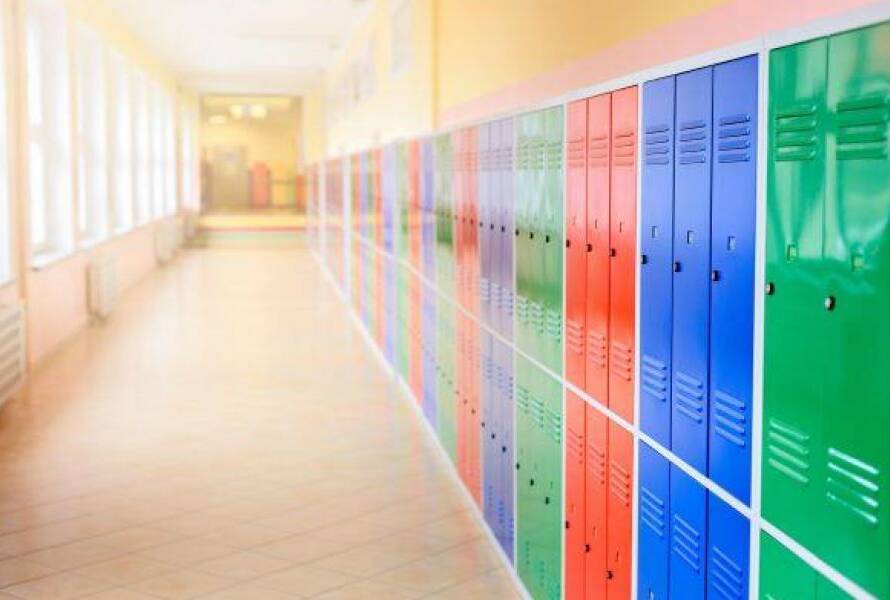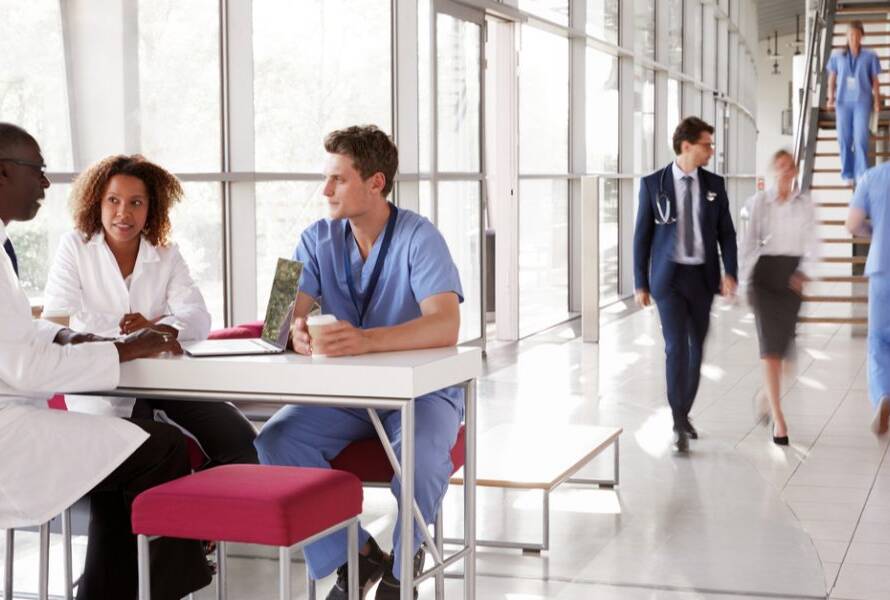
Editor Introduction
Headlines of violence in our schools are a reminder of the need to keep educational institutions safe. In fact, if there is a positive aspect to the constant bombardment of headlines, it is that it keeps our attention perpetually focused on how to improve school security. But what is the role of physical security systems? As the new school year begins, we asked this week’s Expert Panel Roundtable:
Are schools safer because of physical security systems? Why or why not?
 There is no doubt that schools are safer as a result of physical security systems. Though no individual technology will, by itself, reduce harmful behavior to zero, it’s important to look at what technology makes possible when it comes to responding to potential threats. Some prominent examples of ways schools choose to increase safety is through the expansion of camera footprints to ensure there are no blind spots, making video accessible in short order to first responders, securing facilities by reducing access to points of entry, and the ability to recognize and alert based on weapons detection. There are huge benefits to the application of even a single one of these strategies, but school environments are becoming much more thorough in devising and deploying a comprehensive multi-pronged approach that overlaps these technologies and increases school safety.
There is no doubt that schools are safer as a result of physical security systems. Though no individual technology will, by itself, reduce harmful behavior to zero, it’s important to look at what technology makes possible when it comes to responding to potential threats. Some prominent examples of ways schools choose to increase safety is through the expansion of camera footprints to ensure there are no blind spots, making video accessible in short order to first responders, securing facilities by reducing access to points of entry, and the ability to recognize and alert based on weapons detection. There are huge benefits to the application of even a single one of these strategies, but school environments are becoming much more thorough in devising and deploying a comprehensive multi-pronged approach that overlaps these technologies and increases school safety.
Editor Summary
It takes a comprehensive approach to keep students and staff safe at school, including such elements as maintaining a positive school climate and implementing student mental and behavioral well-being programs. In addition to strategies to prevent and mitigate violence, there is an important role to play for physical security systems, from access control to video surveillance to broader systems that are combined and interconnected into a more cohesive whole. Physical security technology is a core component of an effective protocol for school security.
Paul Smith
Paul Smith is Executive Vice President of Sales for Salient Systems, responsible for oversight of sales and sales strategy. Paul joined Salient Systems in 2014, originally as Manager of the Technology Partner Program, where he created and implemented a program that focused on establishing and growing partnerships with complimentary manufacturers.
Between 2015 and 2022, Paul was District Sales Manager then Regional Sales Manager for the Central territory. During this time, he assisted his customers and channel partners with design and implementation of custom integrated solutions.
From 2022 to 2024 Paul was the Director, then VP of Sales for the Central United States managing a team tasked with sales and customer development within a fifteen-state region.


